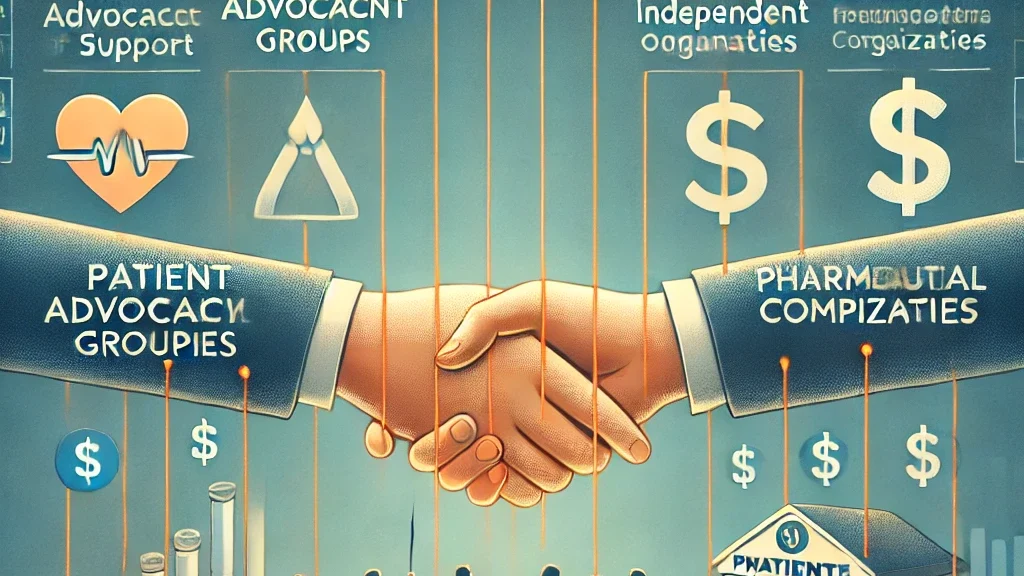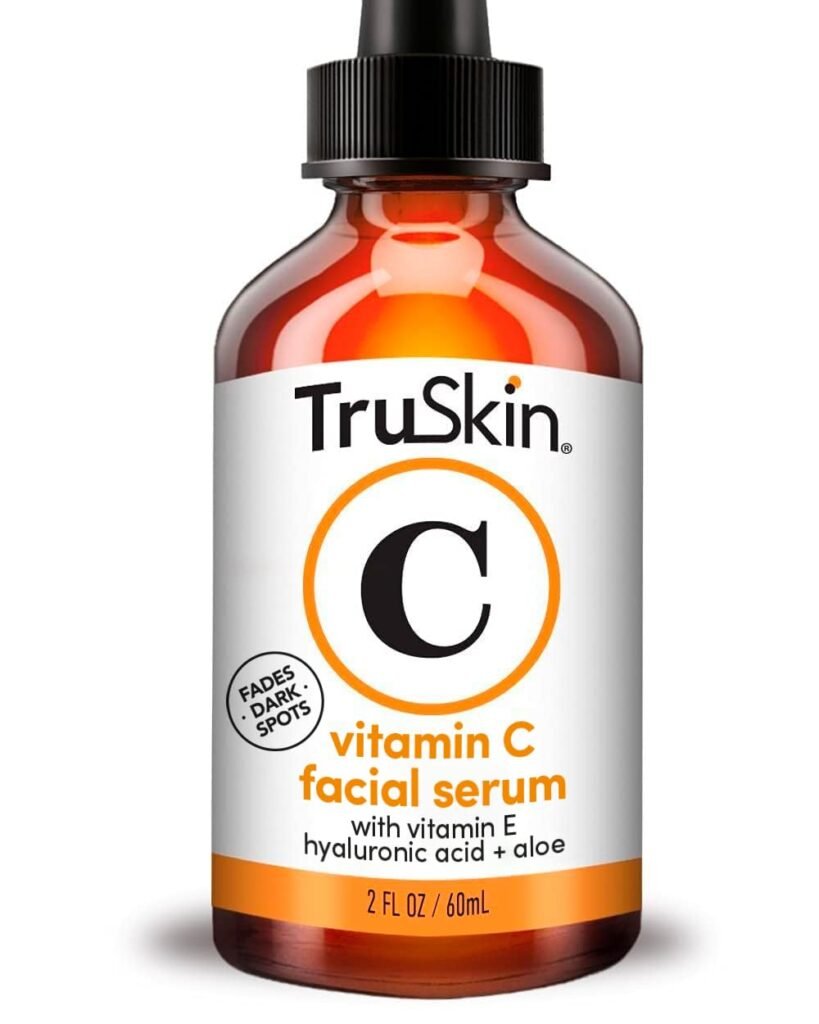Introduction to Bird Flu: Understanding H5N1
Bird flu, known scientifically as avian influenza, is predominantly associated with the H5N1 strain, which has garnered significant attention since its emergence in the late 1990s. Originating in waterfowl, H5N1 has been detected in numerous bird species, demonstrating its ability to transmit among avian populations. This strain is characterized by its unique genetic makeup that distinguishes it from seasonal flu viruses, which typically circulate among humans.
The transmission of H5N1 primarily occurs through direct contact with infected birds or their bodily fluids, such as droppings or mucus. Humans can become infected through handling or consuming undercooked poultry. While the virus is less adept at infecting humans, the concern lies in its potential to mutate, possibly resulting in a strain that spreads more easily among people. The risk of such mutations heightens during specific outbreaks, as evidenced by various H5N1 incidents across the globe, particularly in Southeast Asia and parts of Africa.
Strains of H5N1 can exhibit considerable variation in virulence, meaning some may cause severe illness or death in infected birds, while others might not show any symptoms at all. These differing characteristics complicate containment strategies, as asymptomatic birds can inadvertently contribute to widespread transmission within flocks. Notably, the mortality rate for avian influenza H5N1 in humans can be significantly high, emphasizing the importance of ongoing surveillance and research into this virus.
With recent reports of human fatalities connected to H5N1 in the United States, public attention and health concerns have risen. Understanding the various strains of H5N1 and their transmission dynamics is crucial for implementing effective measures to prevent future outbreaks, and to minimize the potential public health threat posed by avian influenza viruses.
Recent Occurrences: The First Death in the U.S.
The recent death of an individual in the United States, attributed to the bird flu virus H5N1, has raised significant concerns among health authorities and the public alike. This tragic incident marks the first fatality in the U.S. linked to this strain of avian influenza, heightening awareness about its potential impact on human health. The victim, who had underlying health conditions, is believed to have contracted the virus through direct contact with infected birds, illustrating the zoonotic nature of this disease.
Following the announcement of the death, the Centers for Disease Control and Prevention (CDC) and other health officials mobilized to investigate the circumstances surrounding the case. Health authorities emphasized that while H5N1 poses a serious threat to birds, the overall risk to the general population remains low. This assertion is supported by historical data, which indicates that human infection is rare, with approximately 860 confirmed cases reported globally since the virus was first identified in 1997. The majority of these cases have resulted in severe illness, with a fatality rate of around 53% among those infected.
The emergence of the H5N1 bird flu strain as a cause of this death has prompted heightened surveillance and stringent biosecurity measures to prevent further spread. Poultry farms are being closely monitored, and health departments are conducting outreach efforts to educate those who work with birds about the risks associated with bird flu. In addition, the CDC has been actively working to maintain preparedness and enhance response protocols for potential outbreaks.
This incident underscores the continuous need for vigilance against bird flu and similar zoonotic diseases, emphasizing the importance of public awareness, preventive measures, and global cooperation in monitoring infectious disease trends. Despite the gravity of this situation, experts maintain that effective public health frameworks can mitigate risks associated with the bird flu outbreak and its possible repercussions.
Risk Assessment: Evaluating the Threat Level
The current landscape of avian influenza, commonly referred to as bird flu, has raised concerns regarding its potential impact on human health. Specifically, the H5N1 strain has been at the forefront of these discussions. According to health organizations and infectious disease experts, the risk posed by H5N1 to the general public remains relatively low. This conclusion is primarily based on several critical factors that influence transmission rates from birds to humans.
Firstly, the transmission of H5N1 from avian species to humans is significantly rare. Unlike other influenza viruses, which exhibit high adaptability and frequent mutations, H5N1 has not demonstrated the same capacity for efficient human-to-human transmission. The World Health Organization (WHO) has reported that most infections occur in individuals who have direct and prolonged exposure to infected birds or their environments. Therefore, the primary vector remains the bird population rather than human carriers.
Moreover, stringent monitoring and control measures implemented by health authorities have successfully mitigated potential outbreaks. These efforts include culling infected bird populations, improving biosecurity in poultry farming, and raising public awareness about the risks of handling infected birds. Such interventions play a crucial role in reducing the likelihood of transmission, thereby ensuring that the public health risk remains low.
Furthermore, while sporadic cases of H5N1 have been reported, the global health community continues to surveil the situation, preparing for any potential changes in the virus’s behavior. Vaccines targeting H5N1 are also being developed and stockpiled as a precaution. Overall, while vigilance remains essential, the combination of low transmission rates, effective control measures, and ongoing monitoring indicates that the threat level related to bird flu, particularly H5N1, is manageable at this time.
Preparedness for Pandemics: Lessons from the Past
The emergence of H5N1 avian influenza, commonly known as bird flu, has stirred concerns reminiscent of past pandemic experiences. The world has faced several influenza outbreaks, with COVID-19 being one of the most recent and impactful. Each pandemic has served as a crucial learning opportunity, emphasizing the importance of preparedness in mitigating the effects of viral threats.
Historically, pandemics have triggered widespread health crises, leading to significant loss of life and disruption of societal norms. The Spanish flu of 1918, H1N1 in 2009, and the COVID-19 pandemic highlighted gaps in health systems and public response. One of the stark lessons learned is the necessity of a robust surveillance system that allows for early detection and proactive measures against emerging pathogens. With the genetic similarities between certain avian influenza strains and human viruses, health officials recognize the need for vigilance against these zoonotic diseases, prompting a reassessment of existing strategies.
In response to past failures, countries have improved their pandemic preparedness plans. Enhanced laboratory capacity, better diagnostic tools, and increased vaccine development efforts are now prioritized. Furthermore, the experience gained during the COVID-19 pandemic has led to better coordination between global health organizations, governments, and private sectors. Comprehensive public health protocols have been established, focusing not only on immediate responses but also on long-term strategies to prevent the spread of influenza, including bird flu.
Moreover, risk communication has evolved, with an emphasis on educating the public to ensure cooperation during health crises. Community engagement strategies have enhanced public trust and facilitated effective transmission of vital information. As the threat of bird flu persists, these lessons from past pandemics reinforce the critical need for preparedness, enabling societies to respond swiftly and effectively to potential outbreaks.
Our Arsenal Against Flu: Vaccines and Surveillance
The ongoing threat of avian influenza, often referred to as bird flu, necessitates a well-coordinated response involving comprehensive vaccine strategies and diligent surveillance systems. Vaccines play a crucial role in mitigating the impact of influenza viruses, particularly in the context of emerging pathogenic strains. The development of vaccines against bird flu is an intricate process that typically begins with the identification of the circulating strain. Scientists closely monitor avian populations to pinpoint viral mutations, which is essential for producing effective vaccines tailored to specific threats.
Once a vaccine is developed, production involves several stages, from initial formulation to large-scale manufacturing. Stockpiling vaccines is a critical strategy to ensure availability during outbreaks. Health authorities often maintain reserves of both seasonal flu vaccines and those specifically targeting bird flu strains. In addition to preparedness, distribution channels are established to ensure rapid deployment of vaccines to areas with high transmission risks. Public health agencies work in collaboration with healthcare providers to facilitate prompt vaccination of at-risk populations, which is pivotal in controlling potential outbreaks.
In tandem with vaccination efforts, robust flu surveillance systems are indispensable. These systems encompass global networks that track influenza activity, enabling the identification of emerging strains and their associated risks. Surveillance data enhances decision-making processes regarding vaccination strategies, informing policymakers about the necessity of modifying vaccines in response to circulating strains. Furthermore, surveillance acts as an early warning system, helping to predict and contain potential outbreaks of bird flu before they escalate into pandemics. Together, the synergies of vaccines and surveillance form a vital safety net, fortifying public health initiatives against the ever-evolving landscape of influenza threats.
Mutations and Animal Infections: What We Know
The H5N1 virus, commonly associated with bird flu, has raised significant concerns among public health experts due to its ability to mutate. Mutations can lead to changes in the virus’s characteristics, including virulence and transmissibility. While H5N1 primarily circulates within avian populations, its potential to adapt and infect mammals, including humans, cannot be overlooked. In recent years, instances of H5N1 infections in domestic pets and wildlife have occurred, heightening fears of spillover events where the virus could jump from animals to humans.
The occurrence of avian influenza in mammals demonstrates the virus’s capability to infect a broader range of hosts beyond birds. Reports of H5N1 infections in mink and sea lions have raised alarms among scientists, who worry about the implications of these infections for public health. Mutations in the virus that enhance its capacity for human transmission are particularly concerning as they could lead to increased cases, creating a potential pandemic situation. Monitoring animal strains of the bird flu virus is crucial in mitigating the risks associated with these mutations. Surveillance efforts focus on tracking the genetic changes in H5N1 and identifying any emerging strains that could pose threats to human health.
As mutations can occur quite unpredictably, it remains essential for public health officials to stay vigilant. This includes understanding how avian strains of the virus interact with various animal species and the potential pathways for human infection. Evaluating veterinary data and employing biosecurity measures in agricultural settings can help to reduce the risk of infection spread. Ultimately, while the threat of the bird flu virus transforming into a more virulent strain for humans is real, effective monitoring and proactive strategies can greatly minimize public health risks.
Public Health Response: Actions by Authorities
The emergence of H5N1 avian influenza, commonly known as bird flu, has raised significant concerns among health authorities worldwide. In response to this, organizations such as the Centers for Disease Control and Prevention (CDC) and the World Health Organization (WHO) have activated comprehensive strategies aimed at tracking outbreaks, educating the public, and preparing healthcare systems for potential threats. These organizations are pivotal in monitoring the situation, coordinating with national health departments, and disseminating crucial information regarding the virus’s spread.
One of the primary measures taken by these authorities is the enhancement of surveillance systems. This includes the continuous monitoring of poultry populations, as well as rapid response protocols in cases of suspected outbreaks in both avian and human hosts. By establishing robust data collection methods, health officials can promptly identify patterns and hotspots of infection, allowing for timely interventions. Additionally, laboratories across various nations are equipped and prepared to conduct thorough testing to confirm cases of bird flu, ensuring that any potential outbreaks are addressed swiftly and effectively.
Public education campaigns form another critical component of the response strategy. The CDC and WHO actively disseminate information to the public about bird flu transmission, symptoms, and preventive measures, helping individuals understand how to minimize their risk of infection. These campaigns also encourage community engagement and compliance with guidelines, particularly in regions where poultry farming is prevalent.
Furthermore, healthcare systems are undergoing preparations to manage a possible surge in cases related to bird flu. This includes training healthcare professionals on the disease’s clinical aspects and establishing protocols for patient care. By implementing these proactive strategies, health authorities aim to mitigate risks associated with H5N1 and ensure a coordinated response should the situation escalate further.
What Can Individuals Do? Staying Informed and Safe
The emergence of bird flu, specifically strains that can affect human populations, raises concerns regarding personal safety and public health. Individuals play a critical role in mitigating the spread of this virus and protecting themselves. One of the primary steps is to stay informed about the latest developments related to bird flu outbreaks and recommendations from health authorities. Reliable sources, such as the World Health Organization (WHO) and the Centers for Disease Control and Prevention (CDC), provide updates on the virus’s behavior and best practices for prevention.
Recognizing symptoms associated with bird flu is essential for prompt action. Symptoms can range from mild flu-like indications to severe respiratory distress. Common symptoms include fever, cough, sore throat, muscle aches, and, in severe cases, difficulty breathing. Understanding these symptoms can empower individuals to seek medical attention quickly, which is crucial in slowing the potential spread of the virus.
Implementing preventive measures is equally important. Practicing good hygiene habits, such as regular hand washing with soap and water, using hand sanitizers, and avoiding close contact with birds or areas known for bird flu outbreaks can significantly reduce the likelihood of infection. Additionally, individuals should be discouraged from touching sick or dead birds, as these can be sources of infection.
Lastly, individuals are advised to maintain a calm, informed stance regarding bird flu. While the threat it poses should not be underestimated, becoming overly alarmed can lead to unnecessary anxiety. Balancing vigilance with peace of mind is key. Staying educated on preventive measures and health guidelines will empower individuals to take responsible actions without succumbing to fear, thereby fostering a sense of communal resilience in the face of potential health threats.
Conclusion: Balancing Concern with Understanding
In contemplating the potential of a bird flu pandemic, specifically the H5N1 strain, it is imperative to assess both the seriousness of the issue and the associated risks. Over the years, avian influenza outbreaks have understandably raised alarms within the public health community and among citizens worldwide. However, extensive research and preparedness measures have consistently indicated that the general threat to human health from H5N1 remains relatively low under normal circumstances. Most reported cases of bird flu infection have been primarily linked to close contact with infected poultry or surrounding environments, highlighting the significance of vigilance in specific contexts.
Public health authorities have developed frameworks and strategies to monitor and respond to avian influenza outbreaks, emphasizing surveillance and preventative measures to mitigate risks. This proactive approach is essential not only for ensuring the safety of the poultry industry but also for protecting public health. It is essential for individuals to remain informed about bird flu developments, as awareness can help dispel myths and reduce unnecessary panic. Engaging with credible sources of information, such as health departments and global health organizations, can provide insights into best practices and precautionary measures one can take.
Moreover, supporting public health initiatives indirectly contributes to controlling the potential spread of bird flu. By maintaining a balanced perspective and understanding the factual risk, the public allows health officials to allocate resources effectively, focusing on genuine threats while ensuring societal stability. In conclusion, facing concerns surrounding a bird flu pandemic should be marked by a measured understanding of the current landscape, equipped with vigilance, knowledge, and a commitment to community health. This comprehensive perspective fosters a collaborative approach to managing avian influenza as a public health concern, facilitating informed decision-making in the face of uncertainty.












